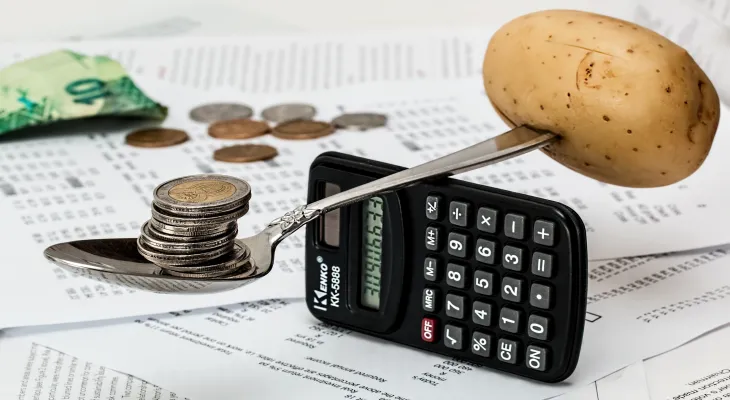Search here
Newspaper
Search here

Arab Canada News
News

Published: May 23, 2022
With rising prices, manufacturers may change package sizes or put less product inside to maintain profit.
When Kathleen Cassidy went grocery shopping these days, she noticed this. While many prices are rising, some products remain at the same price but with a smaller size.
For example, laundry detergent packages.
She said, "I used to get 40 of these, and now I only get 38. It's kind of tough for the consumer. You don’t get the same amount for the dollar as you used to."
Cassidy’s hobby is couponing, so she pays more attention to prices than the average shopper. This tactic is a real phenomenon known as shrinkflation, where companies reduce the size or quantity of their products while charging the same price.
Matthew Philp, a marketing professor at Toronto Metropolitan University, said: "I’ve seen it described as the (stealthy cousin of inflation)." He says companies can make packages smaller in size or different, or put less product inside."
"This is just to hide the fact that their prices are going up."
It’s hard to identify examples of product shrinkage because stores usually remove old products before replacing them. But Edgar Dworsky, a consumer watchdog in Boston, spent years researching examples of shrinkflation.
Dworsky points out that two bottles of Gatorade found for sale in the U.S. have one containing 32 ounces (946 ml), and the other 28 ounces (828 ml).
Dworsky said, "Unless you see them side by side at the same height, you’d think you’re buying the same product, but you’re essentially paying more than a 10 percent price increase."
According to Dworsky, the size of both Sun-Maid Raisins and Dove Body Wash shrank this year. General Mills reduced the size of cereal boxes by one ounce (28 grams).
"One ounce is one bowl, and at about $5 per box, that costs you about 25 cents. But think about it from General Mills’ perspective, how many tens of millions of cereal boxes does General Mills sell in a year? That’s a big saving for the manufacturer."
Tillamook Ice Cream, based in Oregon, wrote on its website that making ice cream "has simply become more expensive" and that changing the package size would be "less disruptive to our fans."
Shrinkflation is not new, but experts say it happens often during high inflation periods, like now, and affects almost every type of packaged product. Dworsky said, "Paper products, candy, chips, snacks, cookies. All these things have shrunk several times over the years, and I don’t think it will stop."
In the end, it’s up to the consumer to try to counter shrinkflation. Philp says doing the math to find the lowest price per milliliter or gram is the best defense—even though it’s not always easy.
He said, "It’s written in small print on the price tag but you’ll see it. They have to provide a unit price so you can compare more easily." Quebec is the only province requiring retailers to display unit prices; other provinces do so voluntarily.
Philp also says consumers should consider switching to cheaper generic brands that don’t change packaging often. He says because shrinking product quantities can be widespread, it can have a significant impact on grocery bills.
"An increase of a dollar here or there matters a lot; when you typically buy 20 to 30 items per grocery visit, that suddenly adds up to an extra $30. It doesn’t seem like a big deal, but those little things add a lot to your bill."
Edited by: Dima Abu Khair
Comments